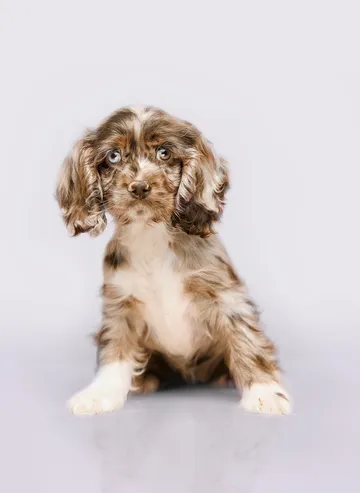Lenny
Mom breed
Pomeranian
Mom weight
Approx lbs
Dad Breed
Pomeranian
Dad weight
Approx lbs
Location
Orlando
Status
Adopted
Puppy ID
02084842
What’s included
Always Top Breeders
We exclusively collaborate with licensed breeders, ensuring your new companion is both lovingly raised and well-bred.
Health Warranty
Your puppy's health is our priority, backed by a comprehensive health warranty for your peace of mind.
Meet Before Deciding
Meeting our charming puppies in person lets you to make an informed and heartfelt decision, ensuring a perfect match for your family.
Meet Lenny, a delightful Pomeranian pup whose every action is filled with puppy enthusiasm. From his arrival on 03/16/2023 to growing up to TBD, this boy has been a ray of sunshine.Ready for adventures or quiet times alike, Lenny is the perfect furry friend for any lifestyle.
